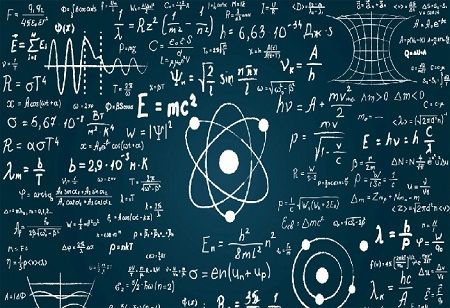A group of researchers from Germany, Turkey, the USA, China, South Korea, and France has addressed a significant challenge in quantum physics and chemistry involving strongly interacting systems. While stochastic methods like Monte Carlo simulations have been effective in studying these systems, they encounter limitations when sign oscillations occur. This issue has been overcome through the innovative approach of wavefunction matching.
Atoms, the basic units of matter, comprise even smaller particles—protons, neutrons, and electrons—governed by the principles of quantum mechanics. Quantum many-body theory, essential for understanding systems with numerous particles like atomic nuclei, is grounded in quantum mechanics.
Nuclear physicists employ the ab initio approach to study atomic nuclei, which involves describing complex systems starting from their elementary components and interactions, typically protons and neutrons. Ab initio calculations are crucial for answering key questions about atomic nuclei, such as their binding energies and properties, and understanding the connections between nuclear structure and the interactions among protons and neutrons.
However, ab initio methods face challenges in accurately computing systems with intricate interactions, particularly through methods like quantum Monte Carlo simulations. Despite their efficiency, these simulations are plagued by the sign problem, wherein positive and negative weights cancel each other out, leading to inaccuracies in predictions.
The introduction of wavefunction matching offers a solution to these calculation difficulties. This method involves simplifying the problem initially by mapping it to a model system devoid of sign oscillations and then addressing the differences using perturbation theory. Professor Ulf-G. Meißner, associated with the Helmholtz Institute for Radiation and Nuclear Physics at the University of Bonn and the Institute of Nuclear Physics and the Center for Advanced Simulation and Analytics at Forschungszentrum Jülich, underscores the effectiveness of wavefunction matching in resolving these challenges.

